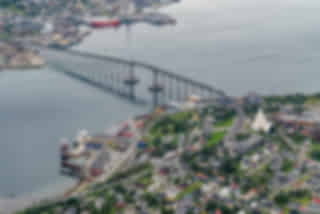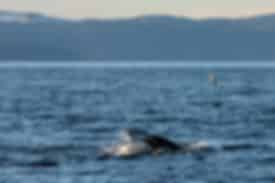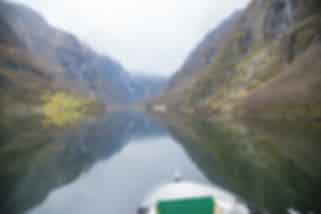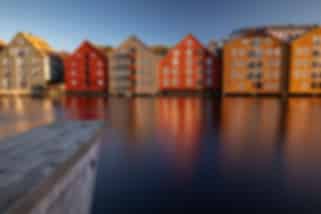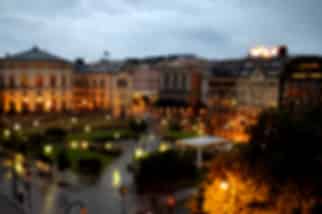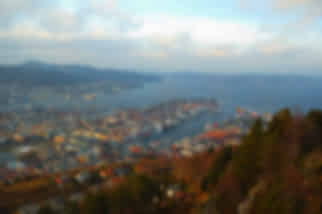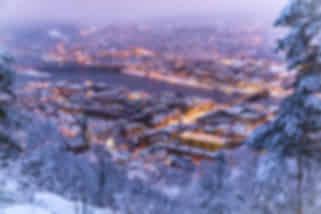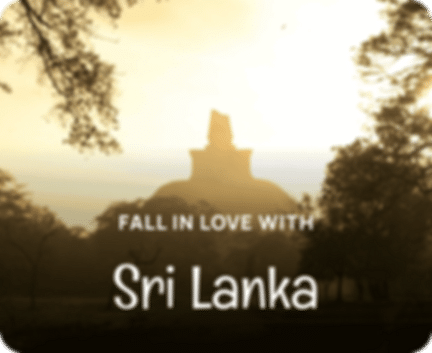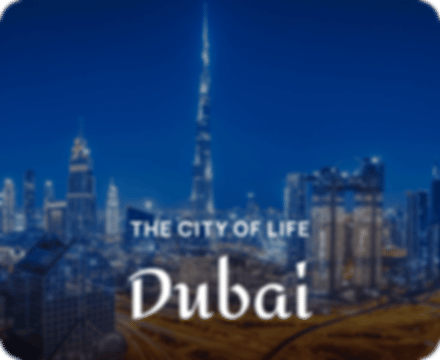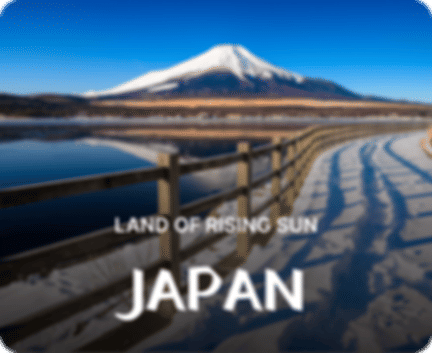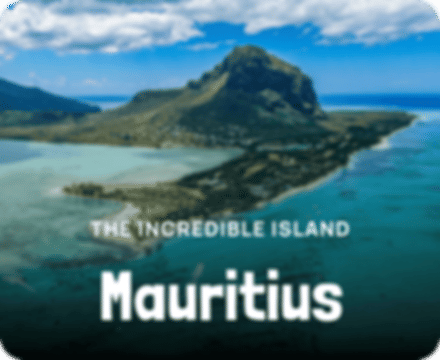Norwegian Food Guide : What to Eat, Where to Go & Best Local Dishes
Author
Adrija Das
Updated Date
November 26, 2025
Read
6 minutes

Discovering authentic Norwegian food means embracing seafood traditions, preserved specialities, and Arctic ingredients shaped by seasons and geography. From traditional Norwegian dishes like smoked salmon and brown cheese to Sami food experiences featuring reindeer, this guide covers the best food in Norway across regions and budgets. Learn what to eat in Norway, when seasonal ingredients peak, and how to navigate Norwegian dining culture, from Oslo’s New Nordic restaurants to Bergen’s historic fish markets. Whether planning winter seafood safaris or summer fjord country meals, understand the practicalities of eating well in Scandinavia’s most distinctive culinary landscape.
What Makes Norwegian Cuisine Unique?
Norwegian cuisine reflects extreme geography and climate. Long coastlines deliver exceptional Norwegian seafood, while preservation methods, smoking, salting, drying, and fermenting, emerged from survival necessity. The New Nordic movement modernised these traditions, emphasising local sourcing and seasonal eating. Sami indigenous culture contributes reindeer and Arctic ingredients, creating a cuisine where landscape dictates the menu.
Essential Norwegian Foods to Try
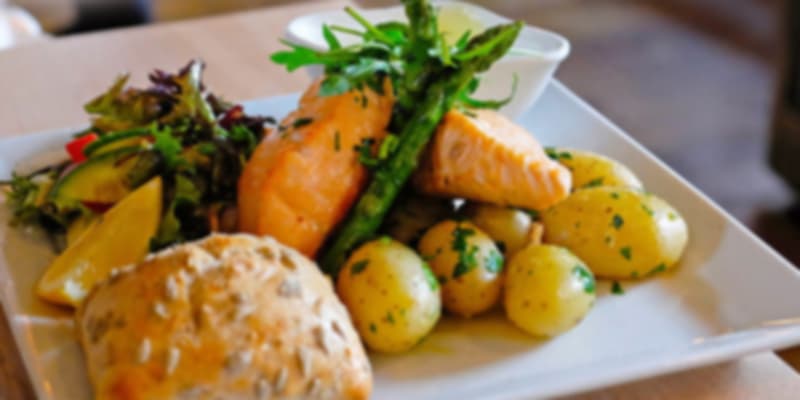
Top Norwegian Seafood Dishes
- Smoked Salmon (Røkt Laks): Norway’s signature dish. Find it at Mathallen Oslo or Bergen Fish Market on open-faced sandwiches or as appetisers.
- Gravlax: Dill-cured salmon, a brunch favourite. Lighter than smoked varieties, typically served with mustard sauce.
- Arctic Char (Røye) & Cod (Torsk): Freshest in Lofoten during winter (January-April) when cod season peaks. Essential for understanding traditional Norwegian seafood culture.
Traditional Preserved Norwegian Foods
- Lutefisk: Lye-treated dried fish, served during Norwegian Christmas food celebrations (December). An acquired taste and cultural initiation.
- Rakfisk: Fermented trout. Autumn festival staple (September-November) in inland valleys. Strong aroma, complex flavour.
- Klippfisk/Bacalao: Dried salted cod, the best food in Bergen. Forms the base for robust stews, reflecting Norway’s maritime trade history.
Arctic Specialities & Sami Cuisine
- Reindeer (Rein): Central to Sami food experiences in Norway. Find authentic preparations in Tromsø, Karasjok, and Sami cultural centres year-round.
- King Crab: Arctic delicacy available through winter seafood safaris (November-April) departing from northern ports.
Norwegian Dairy, Pastries & Baked Classics
- Brunost (Brown Cheese): Sweet, caramelised whey cheese. Unique to Scandinavia, found at every dairy counter and farmers’ market.
- Skillingsboller & Skolebrød: Cardamom cinnamon buns and custard-filled “school bread.” Essential Norwegian bakery items, inexpensive and ubiquitous.
Where to Eat in Norway: Regional Food Guide
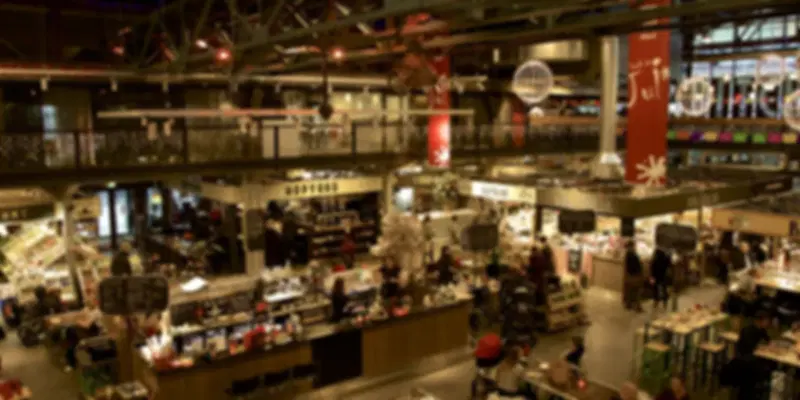
Oslo Food Guide: Best Norwegian Restaurants & New Nordic Dining
Mathallen Food Hall showcases modern Nordic cuisine with rotating chef stalls. Year-round destination for smoked salmon, gravlax, and contemporary interpretations.
Bergen Food Guide: Seafood Markets & Local Specialities
Bergen Fish Market (Torget) operates from spring through fall (April-October). Shellfish, klippfisk, and waterfront dining define this UNESCO city’s food scene.
Lofoten & Northern Norway: Best Places for Cod & Arctic Seafood
Winter (January-March) brings the Arctic cod season. Stockfish racks dot villages; seafood shacks serve ultra-fresh catches. Summer midnight sun adds a unique dining atmosphere.
Tromsø & Arctic Circle: Where to Try King Crab and Sami Food
King crab safaris run from November to April. Sami cultural centres offer reindeer food experiences regardless of season.
Fjord Country & Inland Norway: Farm-to-Table and Local Produce
Farm shops, game dishes, preserved berries. Late summer to early autumn (August-September) showcases harvest bounty.
Best Food Markets and Food Festivals in Norway
- Mathallen Oslo: Modern food hall, year-round. Ideal for Norwegian food tours introduction.
- Bergen Fish Market: Historic waterfront, best April-October when boats arrive daily.
- Matstreif Festival: Norway’s largest food festival (typically June), Oslo. Producers, chefs, and regional specialities converge.
- Local Farmers Markets: Find artisan brunost, jams, and regional dairy. Weekends in most towns.
Norwegian Food Prices : Budget Breakdown for Travellers
| Category | Price Range (NOK) | Examples |
| Street Food & Markets | 120-180 | Fish soup, pastries, market stalls |
| Casual Restaurants | 280-450 | Lunch mains, café dining, fish cakes |
| Mid-Range Dining | 450-650 | Dinner mains, seafood platters |
| Fine Dining | 700-1,200+ | Tasting menus, premium restaurants |
| Food Tours | 800-1,500 | 3-4 hour guided experiences |
| Seafood Safaris | 1,500-3,000 | Full-day king crab or cod excursions |
Norwegian Dining Etiquette: Tips for Tourists

- Tipping: Round up or add 5-10% for excellent service (not mandatory)
- Reservations: Book 2-4 weeks ahead for popular restaurants and winter safaris
- Language: “Takk” (thanks), “Vær så snill” (please) appreciated
- Pace: Casual but respectful; wait until all are served before eating
- Sustainability: Many menus list provenance; ask about sourcing
How to Book Food Experiences in Norway
- High Season (June-August, December): Reserve 4-6 weeks ahead
- Shoulder Season (May, September): 2-3 weeks’ notice is sufficient
- Off Season (October-April): 1-2 weeks for most venues
- Winter seafood safaris and Michelin-starred restaurants require the earliest booking.
Bottom Line: Your Norwegian Food Action Plan
Traditional Norwegian food rewards curious eaters willing to follow seasonal rhythms. Prioritise Arctic cod during winter, coastal seafood in warmer months, and Sami food experiences in northern regions. Book popular restaurants and safaris weeks ahead, especially for December-April specialities. Explore Oslo food halls and Bergen’s fish market for diverse sampling. Whether seeking New Nordic innovation or preserved fish traditions, Norwegian cuisine connects the landscape, from fjord country farms to Arctic waters. Budget strategically using markets for value, save splurges for once-in-a-lifetime meals, and embrace unfamiliar flavours like brunost and rakfisk for authentic cultural immersion. Plan your next Norway tour packages for a hassle-free travel experience in 2026.
FAQ’s
Q: What is traditional Norwegian food known for?
A: Norwegian cuisine emphasises seafood (salmon, cod, Arctic char), preserved fish (lutefisk, rakfisk, klippfisk), reindeer, and unique dairy like brunost. Geography and preservation traditions define the food culture.
Q: When is the best time to eat seafood in Norway?
A: April-October for shellfish and fresh catches in coastal markets. January-April for Arctic cod in Lofoten and king crab safaris in northern Norway. Seasonal timing dramatically affects availability.
Q: Is Norwegian food expensive for tourists?
A: Yes, but manageable. Budget 150-200 NOK for market meals, 300-500 NOK for casual dining, 700+ NOK for fine dining (2026 estimates). Street food and markets offer the best value while experiencing authentic flavours.
Q: Where can I try authentic Sami reindeer dishes?
A: Tromsø and Karasjok feature Sami-run restaurants and cultural centres serving traditional reindeer preparations. Many northern Norway food tours include Sami cultural components year-round.
Q: Can vegetarians find good food in Norway?
A: Absolutely, in cities, Oslo, Bergen, and Trondheim offer extensive plant-based options. Rural areas have fewer choices; communicate dietary needs when booking accommodations or planning Norway itineraries.
Recommended articles for you
Discover Packages


Need help in planning?
Talk to our Travel Experts


